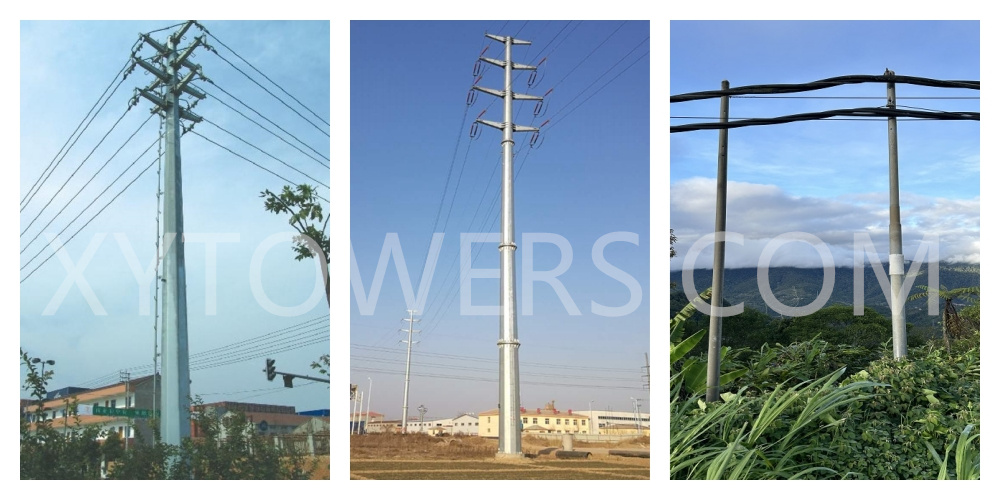In the world of electrical power distribution, the evolution of monopoles has been a fascinating journey. From the traditional single pole towers to the modern transmission monopoles, these structures have played a crucial role in the efficient transmission of electricity. Let’s delve into the evolution of electric monopoles and explore their significance in the realm of electrical power distribution.
The concept of using single pole towers for electrical power distribution dates back to the early days of electrification. These structures, typically made of wood or steel, were used to support overhead power lines and facilitate the transmission of electricity over long distances. While single pole towers served their purpose, the need for more efficient and reliable transmission systems led to the development of monopoles.
The introduction of monopoles revolutionized the way electrical power distribution systems were designed and implemented. Unlike traditional single pole towers, monopoles are single, slender, and tapered structures that offer several advantages. One of the key benefits of monopoles is their space-saving design, making them ideal for urban areas where land availability is limited. Additionally, monopoles are known for their ease of installation and maintenance, making them a cost-effective solution for electrical power transmission.
As technology advanced, the materials used in the construction of monopoles also evolved. While steel has been a popular choice for its strength and durability, modern monopoles are often constructed using high-strength steel or steel pipe poles, ensuring their ability to withstand various environmental conditions and loads imposed by electrical transmission lines.
The evolution of monopoles also led to the development of transmission monopoles, which are specifically designed to support high-voltage transmission lines. These structures are engineered to meet stringent technical requirements, including load-carrying capacity, wind resistance, and electrical clearances. Transmission monopoles have become the backbone of electrical power transmission networks, playing a critical role in ensuring the reliable and efficient delivery of electricity to homes, businesses, and industries.
In addition to their functional benefits, monopoles have also contributed to the aesthetic improvement of electrical infrastructure. Their sleek and modern design has made them a preferred choice for utility companies and urban planners looking to enhance the visual appeal of power transmission corridors.
Looking ahead, the evolution of electric monopoles continues as the industry explores innovative materials and construction techniques to further improve their performance and longevity. With the increasing demand for reliable and sustainable energy solutions, monopoles are poised to play an even more significant role in shaping the future of electrical power distribution.
In conclusion, the evolution of electric monopoles, from traditional single pole towers to modern transmission monopoles, has been driven by the need for efficient, reliable, and visually appealing electrical power transmission infrastructure. As technology and engineering practices continue to advance, monopoles will remain a cornerstone of the electrical power industry, supporting the delivery of electricity to communities around the world.

Post time: Jun-28-2024





